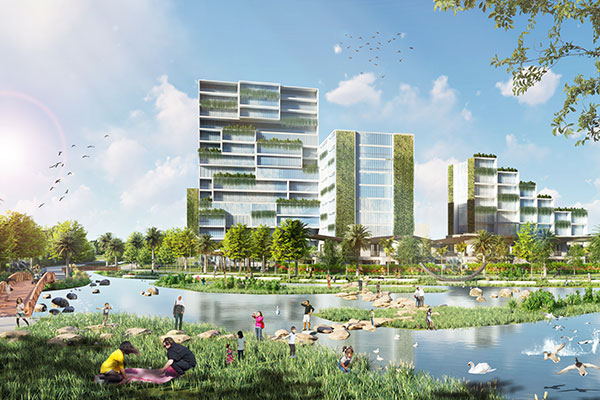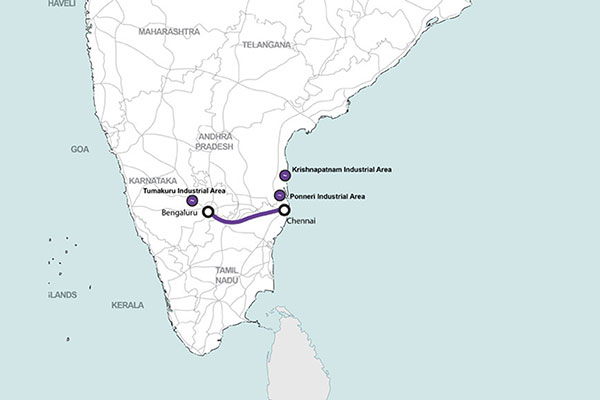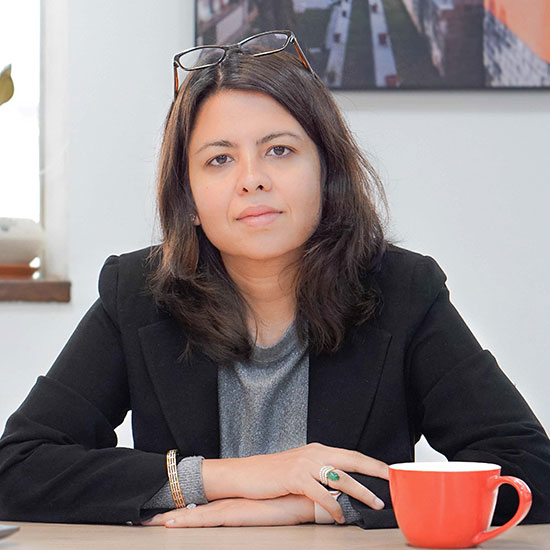Themes
Design at each of these levels is taking place at all times, which is why the cumulative impact of all of these design decisions are not always easy to predict or control. The Good City is both a designed artifact and a complex emergent system.
City design is complex because of the range of players involved with multiple design teams, clients, end users, regulatory authorities and communities. Design is a collaborative process and the best results come from the effective involvement of all of these players. Especially important is the local community who need to be involved in a way that is meaningful and that influences the outcome.
Six ‘Good City’ solutions
1. Well planned
The form and shape of the Good City needs to be planned though city wide strategic plans and frameworks. It is also important to focus on the mechanisms by which these plans are implemented using coding, planning, zoning regulations and infrastructure investment.
2. Master planning
On larger sites master plans are valuable in creating a framework within which development can take place ensuring that it integrates into the fabric of the city. Master planning is collaboration between all stakeholders and is relevant to the design of new neighbourhoods and urban extensions as well as university campuses, business parks and hospitals.
3. Architecture
Cities are made up of buildings; homes, shops, leisure outlets, offices, workspace, educational institutions, civic buildings, transport hubs, sports venues and healthcare facilities. Each sector requires specialist knowledge blended with people-centric design to create successful buildings and that cumulatively add up to successful cities.
4. Heritage
Good design means respecting and enhancing historic buildings and structures so that they contribute to a sense of continuity, identity, culture and education. Refurbishment and adaptive reuse enable the retention of historic value whilst giving buildings a modern day purpose.
5. Infrastructure design
Cities depend on infrastructure from utilities and services to waste disposal, communications and transport. The efficient design of infrastructure is vital to a city’s economic growth and its residents’ quality of life as well as helping it achieve its sustainability goals through renewable energy, energy efficient buildings, and public transport.
6. Public realm and lighting design
The public face of the city is its streets, squares, parks and other spaces. This public realm is multi-functional, accommodating transport and servicing, contributing to biodiversity, providing drainage whilst also accommodating the public life of the city. It needs to be well designed and well lit so it is both attractive and safe.
Case studies

Patimban New City masterplan
Subang, Indonesia
BDP were commissioned by JICA for the West Java Government to develop a 528 hectare mixed-use and waterfront development concept masterplan within Patimban New City, Indonesia.

Chennai-Bengaluru Industrial Corridor
India
The Chennai-Bengaluru Industrial Corridor (CBIC) is one of the five upcoming mega-industrial corridors in India.


